The Mies Crown Hall Americas prize finalists for 2018 are announced

The Mies Crown Hall Americas Prize for 2018 has announced its finalists including the Smithsonian Museum in Washington DC by Freelon Adjaye Bond/Smith Group; Andrade Morettin Arquitetos Associados's cultural hub IMS Paulista in São Paulo; Barclay & Crousse Architecture's ‘Edificio E' education building for the University of Piura in Peru; Paulo Mendes da Rocha and MMBB Arquitetos' leisure and medical building, SESC 24 de Maio, in São Paulo; Productora and Isaac Broid's Teopanzolco Cultural Center in Cuernavaca, Mexico; and Edwin Chan/EC3's affordable residential project True North in Detroit.
The biennial prize recognises the best built works of architecture in the Americas, including North and South America, and was conceived by Illinois Institute of Technology College of Architecture in 2013.
The 2018 finalists were selected from over 175 projects nominated by a network of experts working across the geographical field. This year's jury, who toured each of the sites, interviewing the architects and clients, included Ricky Burdett CBE, chair, Jose Castillo, Ron Henderson, Rodrigo Pérez de Arce and Claire Weisz. A driving point of the jury's conversation was a debate surrounding what ‘quality’ means in architecture in the Americas today.

Interior walkways at SESC 24 de Maio designed by Paulo Mendes da Rocha and MMBB Arquitetos in São Paulo, Brazil
The judges were looking for projects that had potential for lasting influence across architecture and culture, pioneered the development of architecture as a practice, reshaped how we experience the built envrionment and participated in a wider cultural exchange.
‘We were not looking for architectural pyrotechnics. We were not interested in one-off iconic objects that could soon go out of fashion. We were not looking for technical ingenuity, however brilliant and ground-breaking. We were interested in buildings that work – for the city, for the institution, for the neighbourhood, community, and the individual occupants. Buildings that have meaning and complexity, and enrich the lives of the people who use and inhabit them,’ said Burdett.

The IMS Paulista designed by Andrade Morettin Arquitetos Associados in São Paulo, Brazil
Burdett described how the projects each communicate the social and environmental challenges of today with ‘confidence, imagination, and modesty’ – this saw a shared architectural language across the finalists that expressed a similar concern with space as architects working in the mid-20th century. An interest in natural daylight, function prioritised over ‘symbolic facadism' and an honesty of material use including durable choices such as concrete were all flagged: ‘...many of the projects explored the spatial potential of economy of means with maximum impact,’ he said.
The winner of the Mies Crown Hall Americas Prize 2018 will be announced on 10 October.
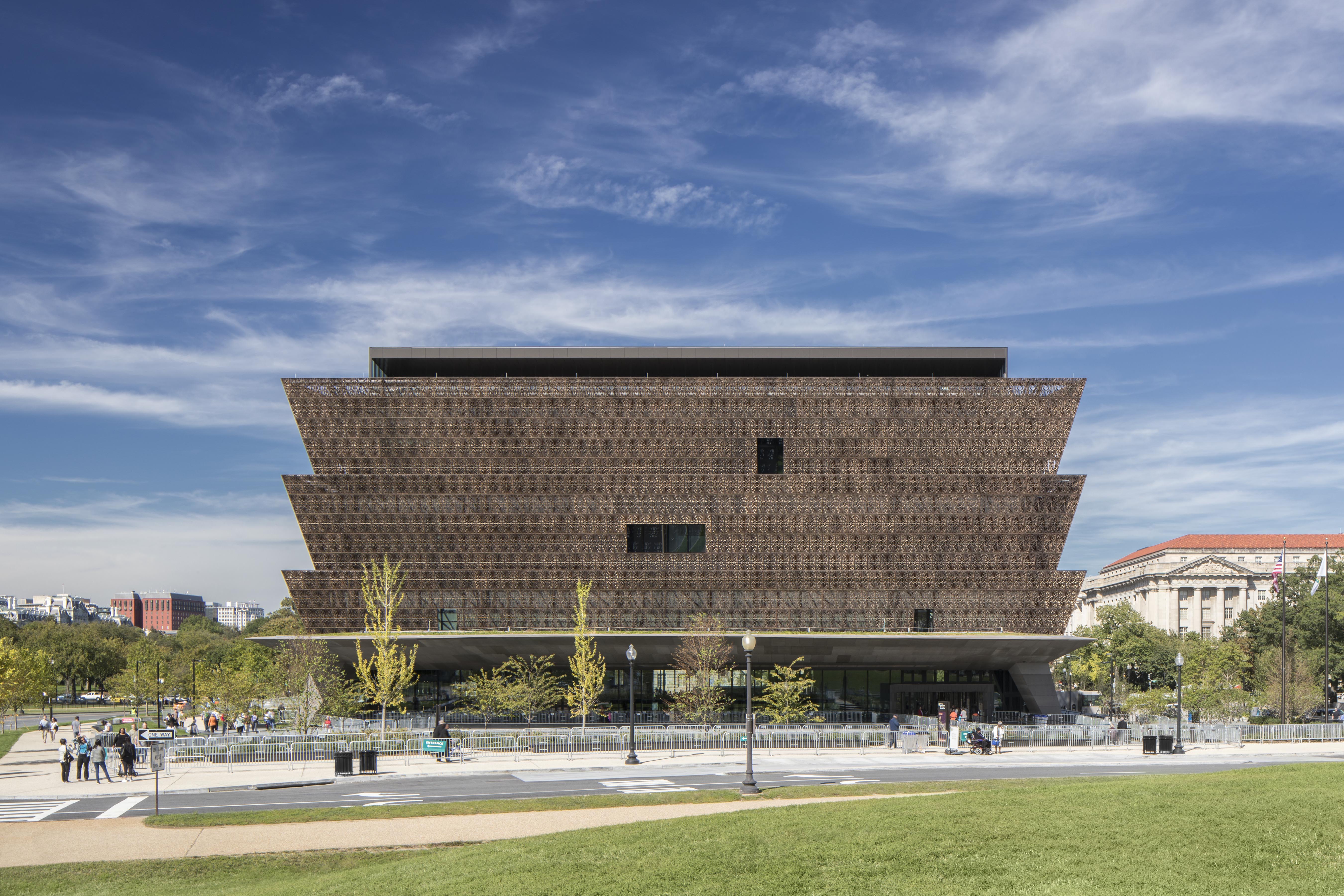
The Smithsonian National Museum of African American History and Culture designed by Freelon Adjaye Bond / Smith Group in Washington, DC is a new site of pilgrimage for the African American culture
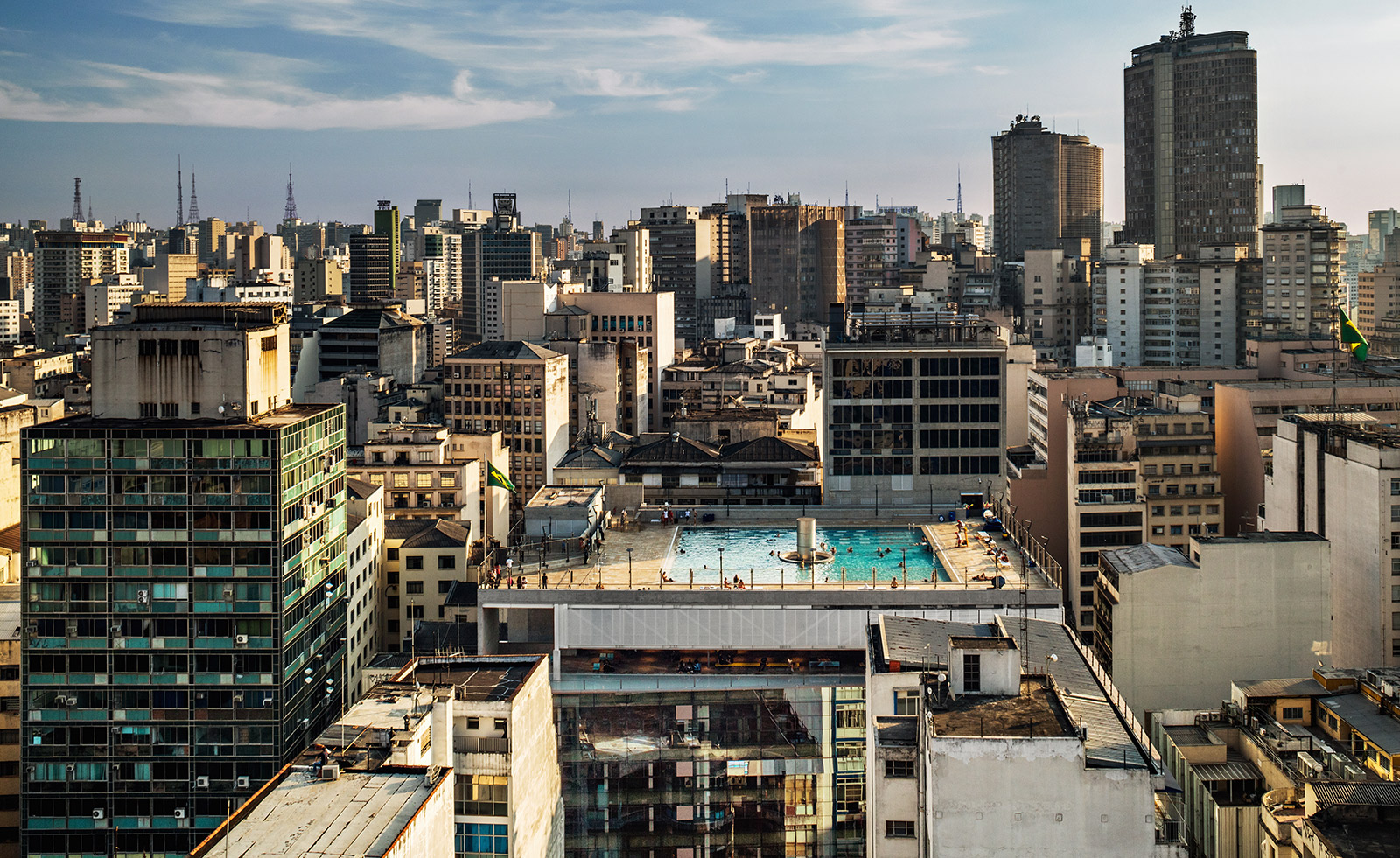
The SESC 24 de Maio designed by Paulo Mendes da Rocha and MMBB Arquitetos in São Paulo, Brazil is shoehorned into a tight site at the heart of São Paulo’s dense but fragile historic center

The SESC 24 de Maio offers leisure, sports, and medical facilities, including a rooftop swimming pool, to members of its progressive trade association, all connected by a generous 11-story ramp open to all

The IMS Paulista is located on São Paulo’s Paulista Avenue and brings the public and pedestrian experience into its form
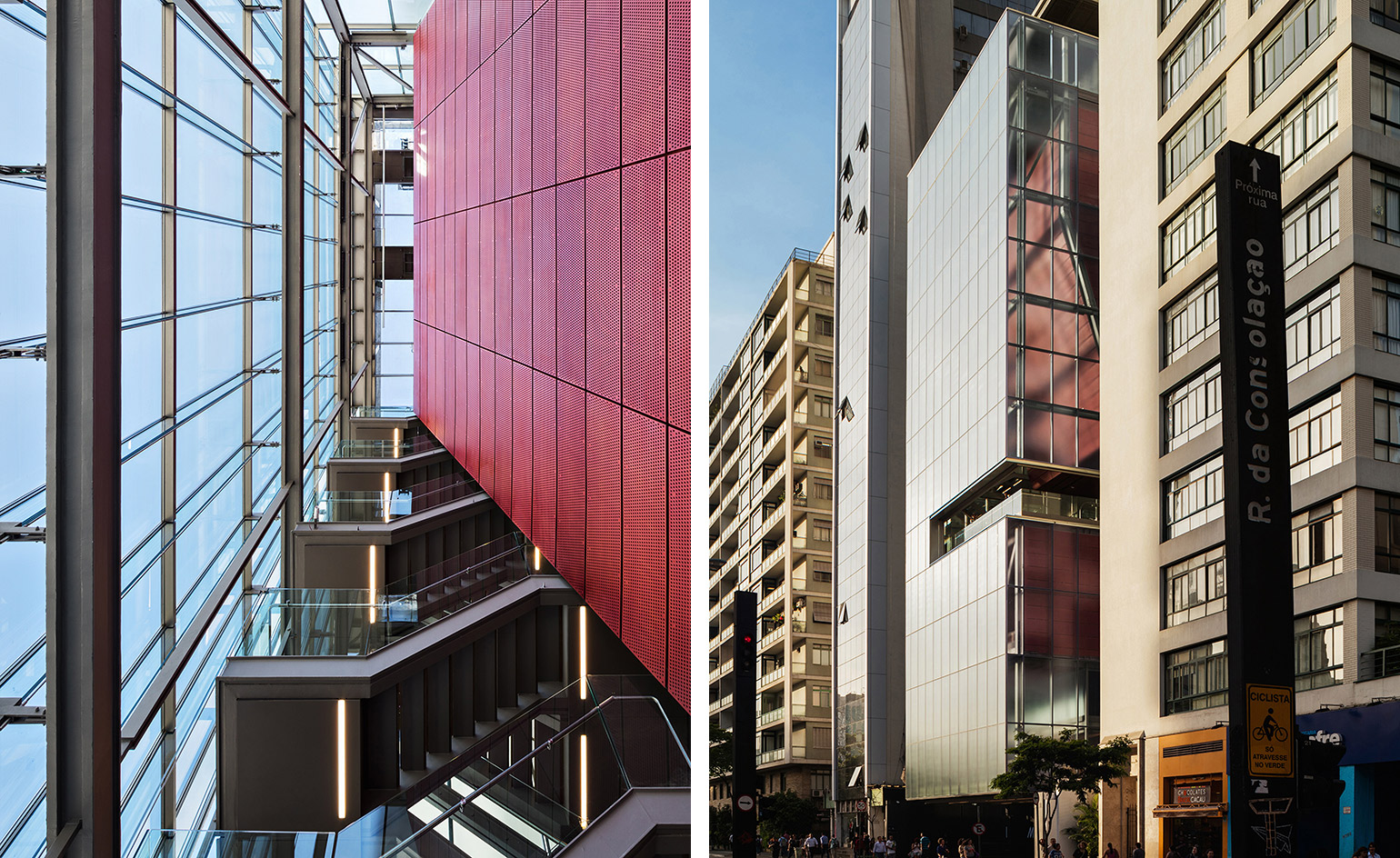
The IMS Paulista designed by Andrade Morettin Arquitetos Associados in São Paulo, Brazil, is a multi-level, stacked cultural building with galleries, library, and cinema
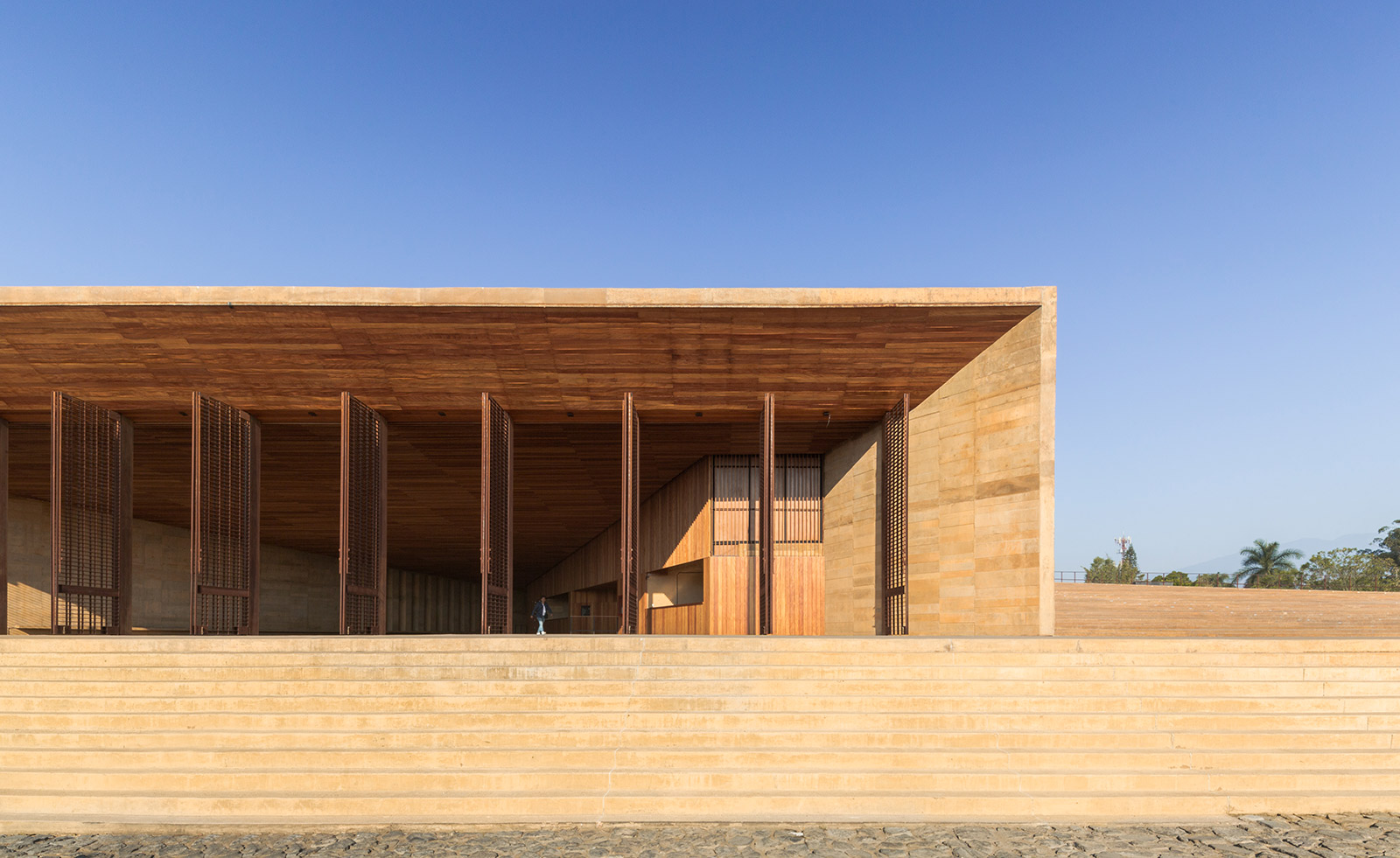
The Teopanzolco Cultural Center designed by Productora and Isaac Broid in Cuernavaca, Mexico, encloses a 800 seat auditorium and performance spaces, offering views of the historic site and city beyond
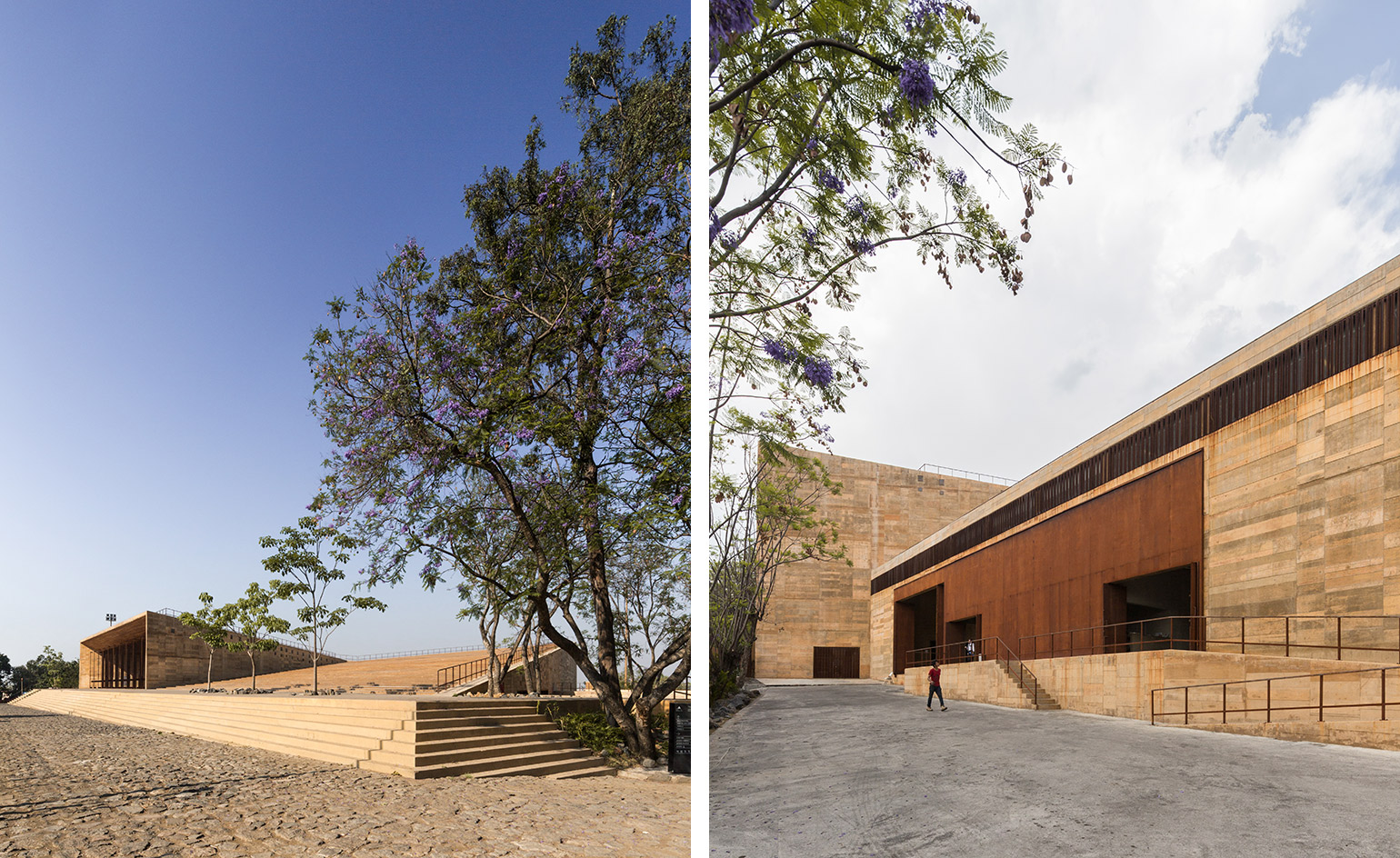
The Teopanzolco Cultural Center is adjacent to a Pre-Hispanic pyramid which influenced its sloping roofs and sandy colouring
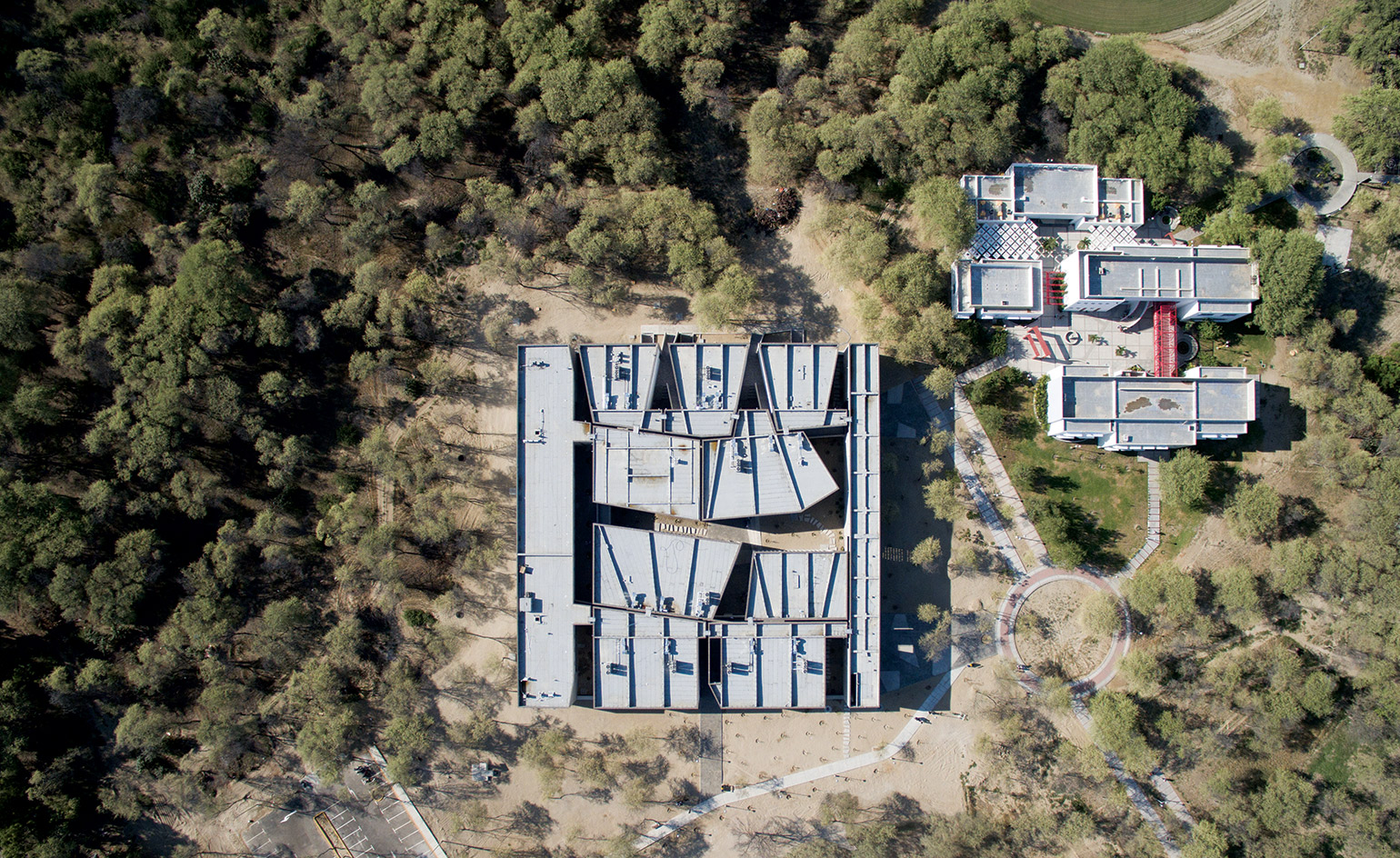
The Edificio E at the University of Piura designed by Barclay & Crousse Architecture in Piura, Peru is set within a dry savannah landscape in the north of Peru
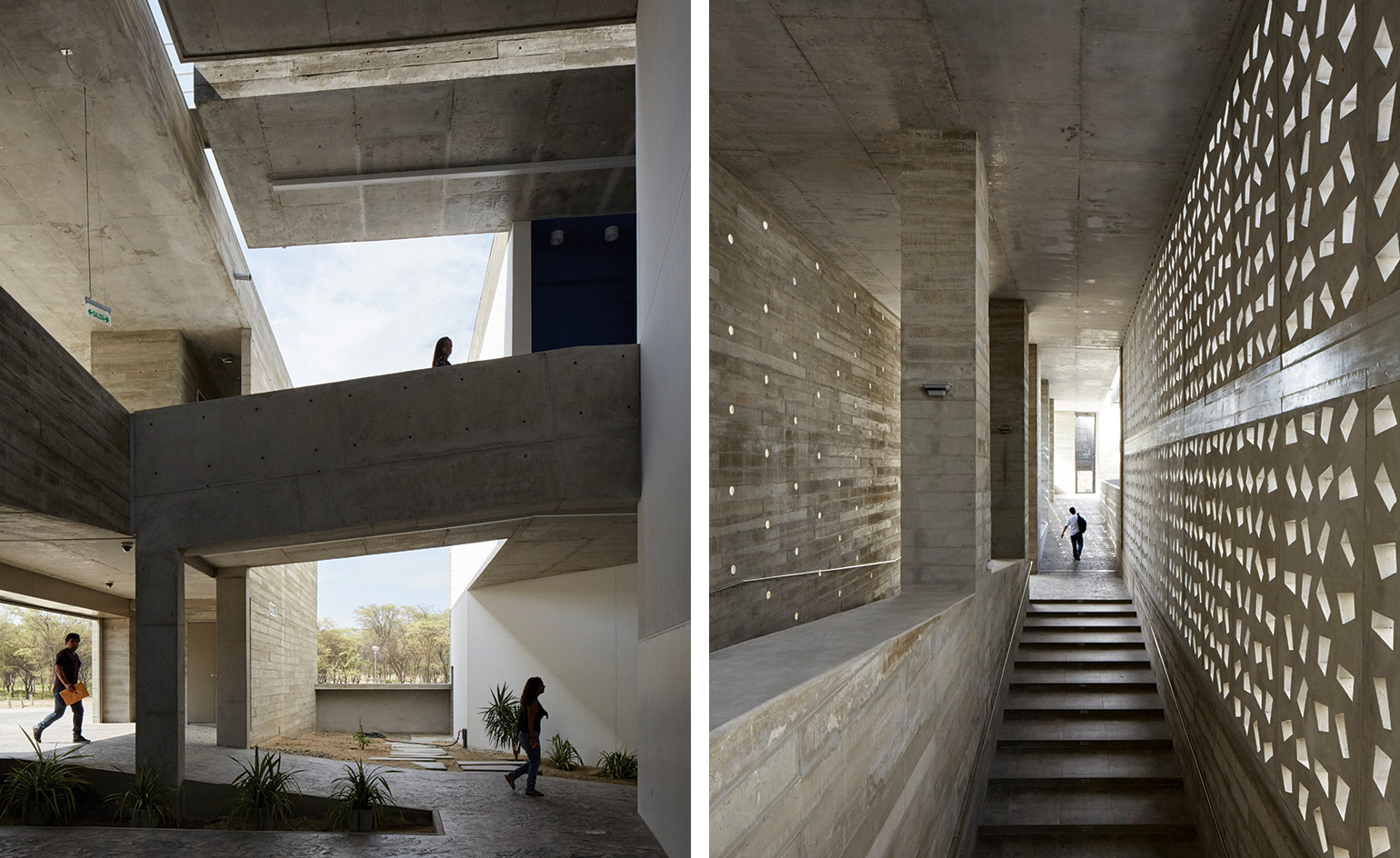
The Edificio E university building creates a compact and complex network of interconnected classrooms, offices, and open spaces specifically designed to accommodate students from disadvantaged backgrounds
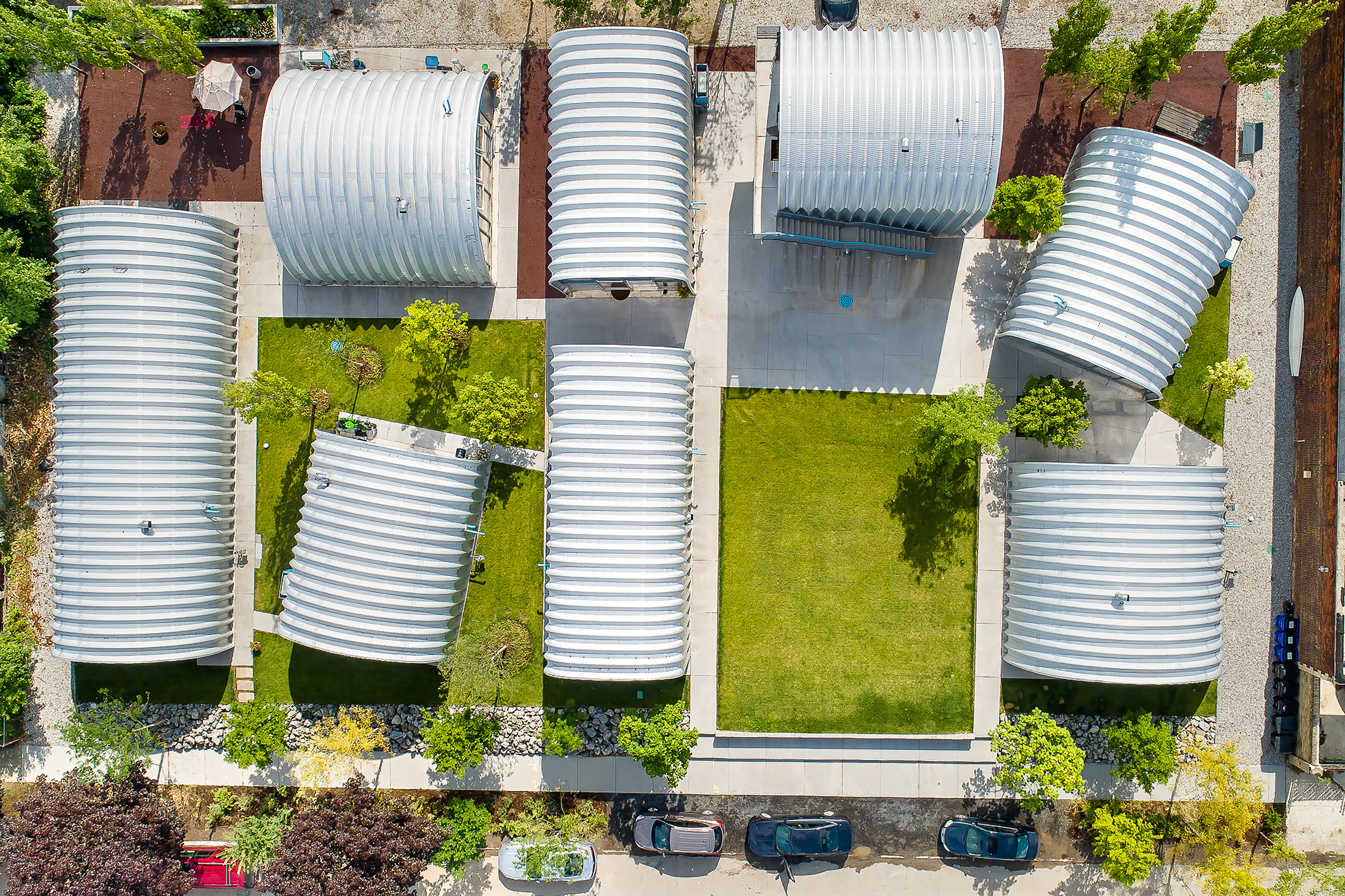
True North in Detroit designed by Edwin Chan / EC3 shows an innovative use of industrial Quonset corrugated galvanized steel structures to creates a sequence of dynamic external and internal spaces
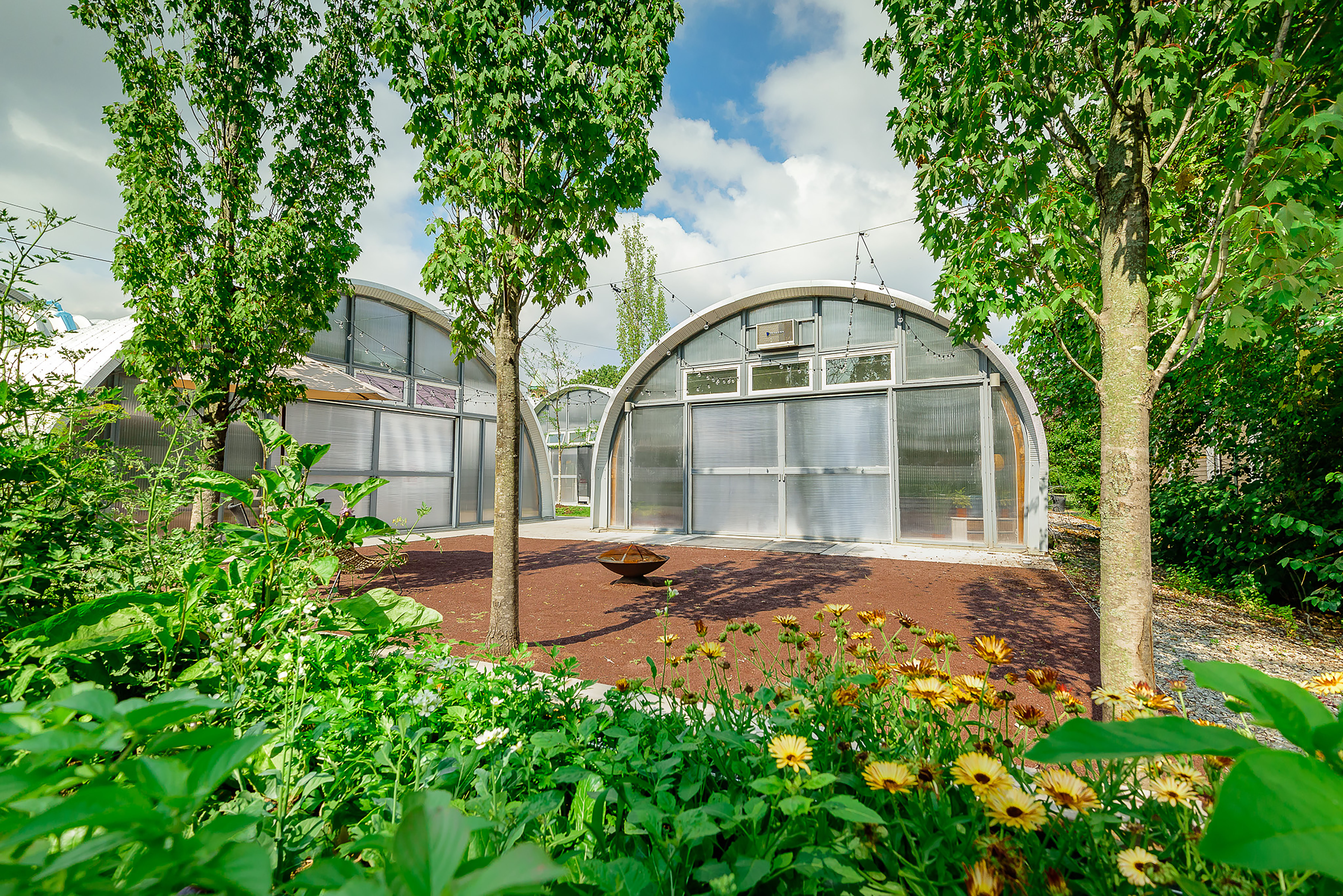
True North provides affordable accommodation to a new generation of urban pioneers in Detroit’s fragile inner-city communities
INFORMATION
For more information, visit the Mies Crown Hall Americas Prize website
Receive our daily digest of inspiration, escapism and design stories from around the world direct to your inbox.
Harriet Thorpe is a writer, journalist and editor covering architecture, design and culture, with particular interest in sustainability, 20th-century architecture and community. After studying History of Art at the School of Oriental and African Studies (SOAS) and Journalism at City University in London, she developed her interest in architecture working at Wallpaper* magazine and today contributes to Wallpaper*, The World of Interiors and Icon magazine, amongst other titles. She is author of The Sustainable City (2022, Hoxton Mini Press), a book about sustainable architecture in London, and the Modern Cambridge Map (2023, Blue Crow Media), a map of 20th-century architecture in Cambridge, the city where she grew up.
-
 Aesthetics and acoustics come together in the Braque speakers from Nocs Design
Aesthetics and acoustics come together in the Braque speakers from Nocs DesignThe Braque speakers bring the art of noise, sitting atop a brushed steel cube that wouldn’t look out of place in a contemporary gallery
-
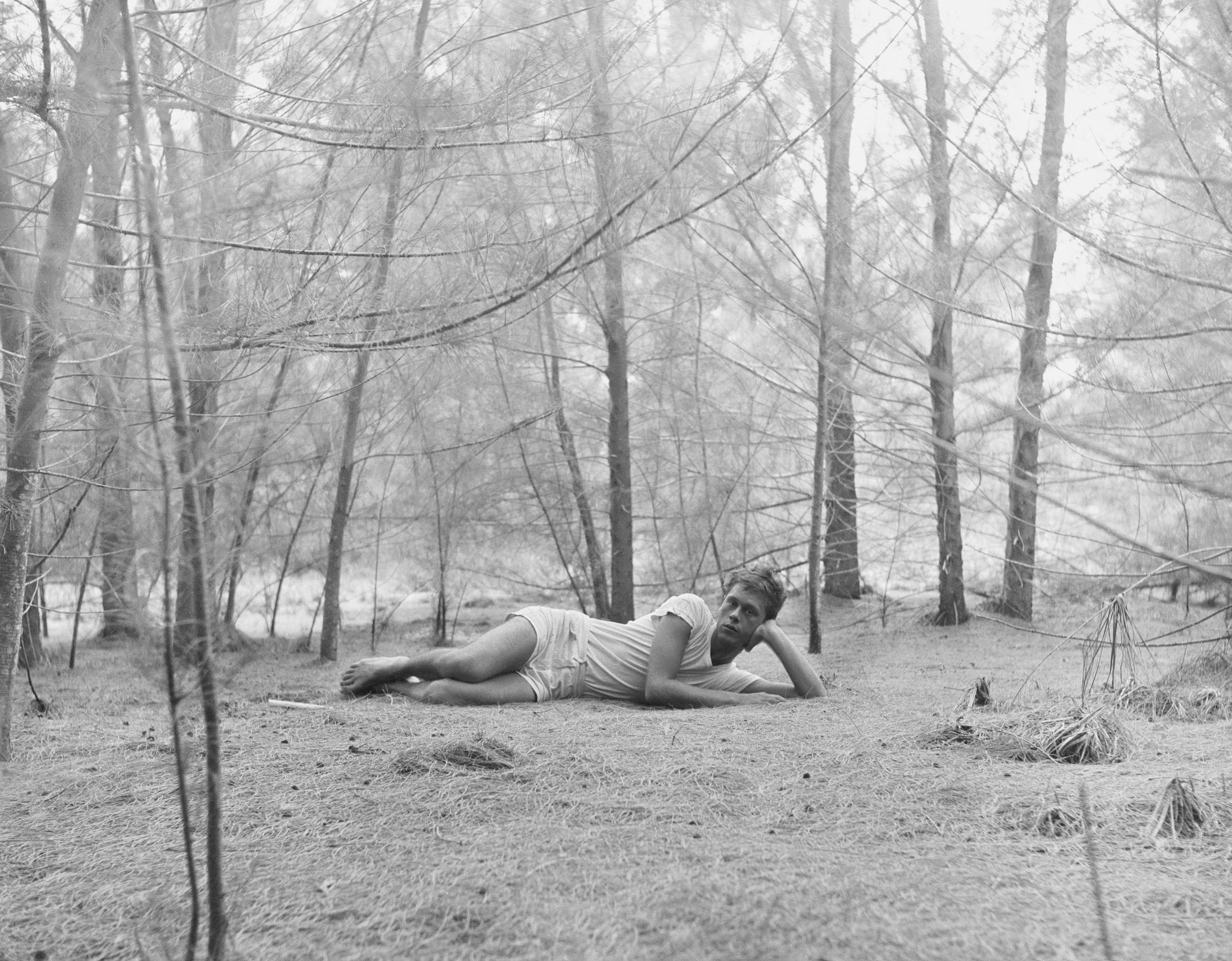 Inside the seductive and mischievous relationship between Paul Thek and Peter Hujar
Inside the seductive and mischievous relationship between Paul Thek and Peter HujarUntil now, little has been known about the deep friendship between artist Thek and photographer Hujar, something set to change with the release of their previously unpublished letters and photographs
-
 In addition to brutalist buildings, Alison Smithson designed some of the most creative Christmas cards we've seen
In addition to brutalist buildings, Alison Smithson designed some of the most creative Christmas cards we've seenThe architect’s collection of season’s greetings is on show at the Roca London Gallery, just in time for the holidays
-
 A revived public space in Aberdeen is named Scotland’s building of the year
A revived public space in Aberdeen is named Scotland’s building of the yearAberdeen's Union Terrace Gardens by Stallan-Brand Architecture + Design and LDA Design wins the 2025 Andrew Doolan Best Building in Scotland Award
-
 At the Holcim Foundation Forum and its Grand Prizes, sustainability is both urgent and hopeful
At the Holcim Foundation Forum and its Grand Prizes, sustainability is both urgent and hopefulThe Holcim Foundation Forum just took place in Venice, culminating in the announcement of the organisation's Grand Prizes, the projects especially honoured among 20 previously announced winning designs
-
 Archiboo Awards 2025 revealed, including prizes for architecture activism and use of AI
Archiboo Awards 2025 revealed, including prizes for architecture activism and use of AIArchiboo Awards 2025 are announced, highlighting Narrative Practice as winners of the Activism in architecture category this year, among several other accolades
-
 RIBA launches new awards – and for the first winners, we look to the Middle East
RIBA launches new awards – and for the first winners, we look to the Middle EastThe RIBA Middle East Award winners are announced today. The first of the organisation's two new territory awards series honours a women-only mosque, a luxury hotel, a city park and more
-
 RIBA Stirling Prize 2025 winner is ‘a radical reimagining of later living’
RIBA Stirling Prize 2025 winner is ‘a radical reimagining of later living’Appleby Blue Almshouse wins the RIBA Stirling Prize 2025, crowning the social housing complex for over-65s by Witherford Watson Mann Architects, the best building of the year
-
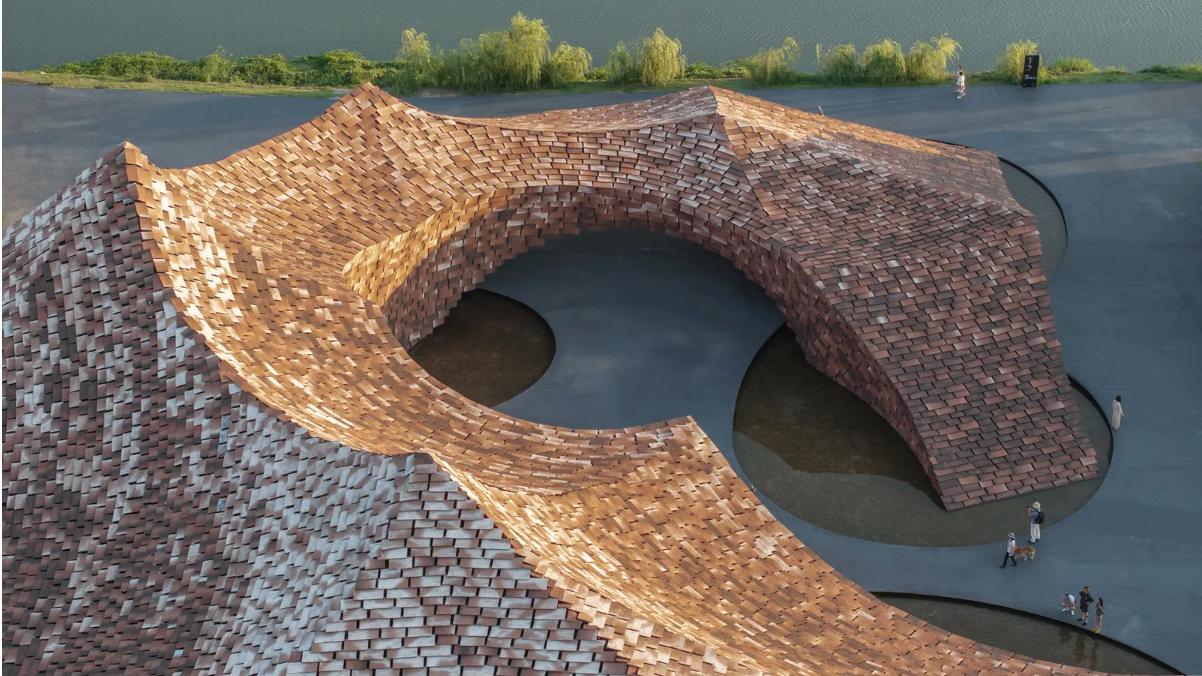 Are these the best brick and ceramic buildings in the world?
Are these the best brick and ceramic buildings in the world?The biannual Brick Award is back. Discover the shortlist of innovative buildings across the world, designed by architects thinking outside the box
-
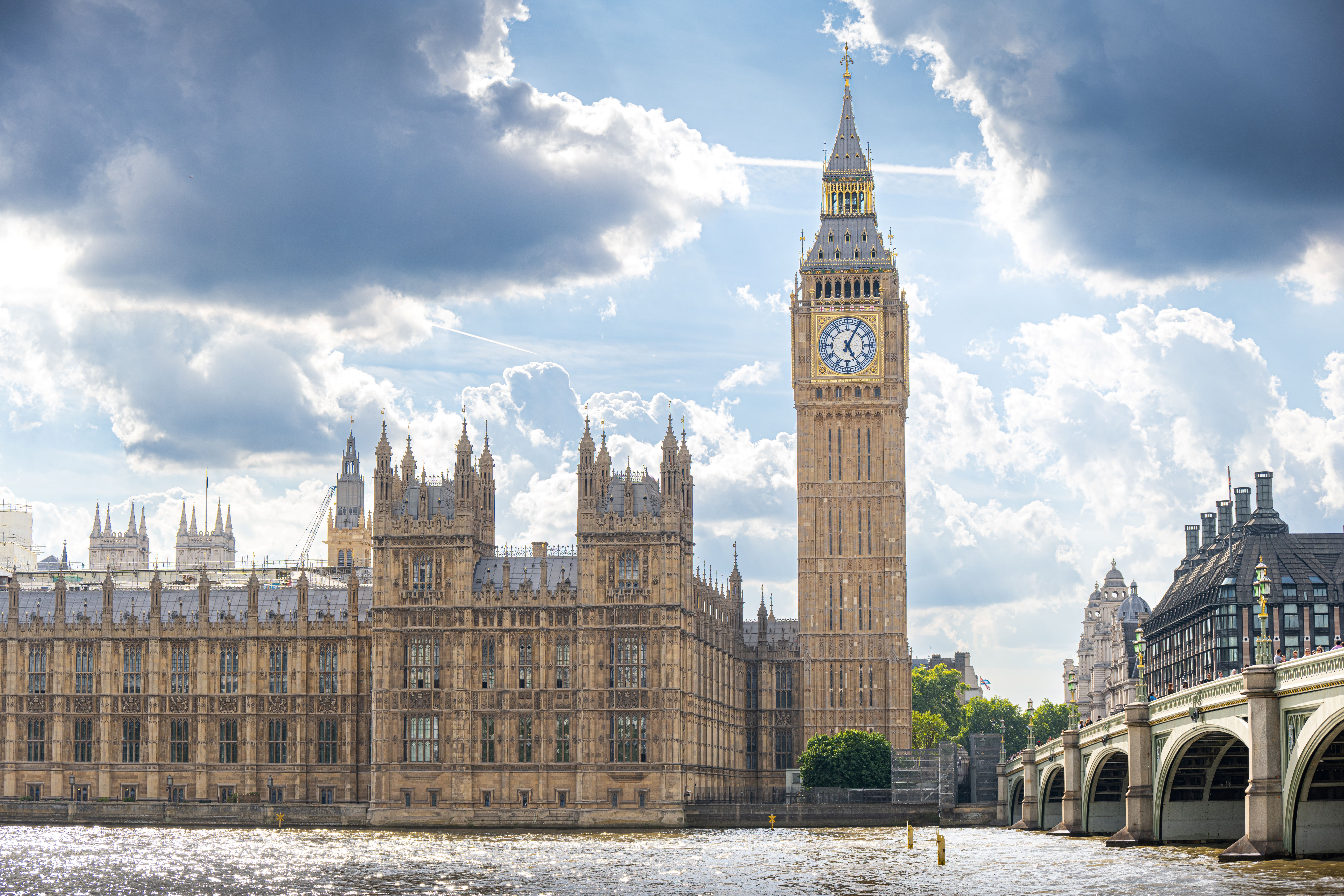 The wait is over – the RIBA Stirling Prize 2025 shortlist is here
The wait is over – the RIBA Stirling Prize 2025 shortlist is hereThe restored home of Big Ben, creative housing for different needs, and a centre for medical innovation – the RIBA Stirling Prize 2025 shortlist has just been announced, and its six entries are as diverse as they can be
-
 Colourful, impactful, bold: meet the Aga Khan Award for Architecture 2025 winners
Colourful, impactful, bold: meet the Aga Khan Award for Architecture 2025 winnersFrom resilient flood-proof homes in Bangladesh to a bold creative hub in Palestine, the seven winners of the Aga Khan Award for Architecture 2025 reimagine how buildings can foster community, resilience and cultural dialogue across Asia and Africa